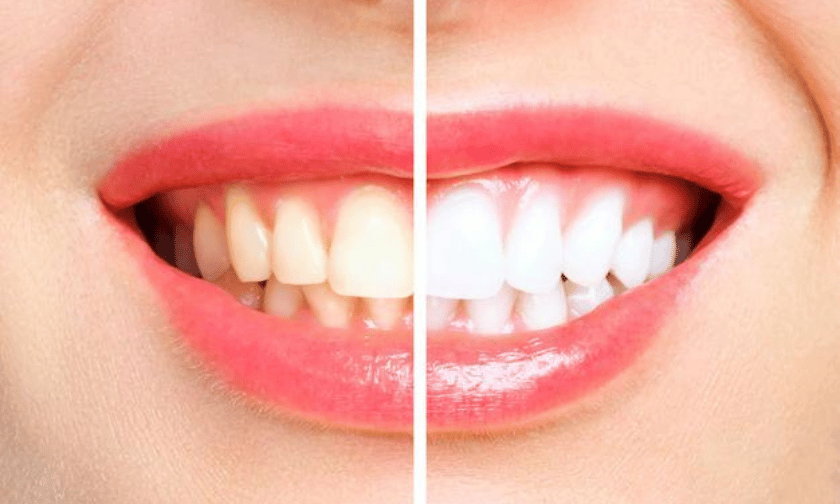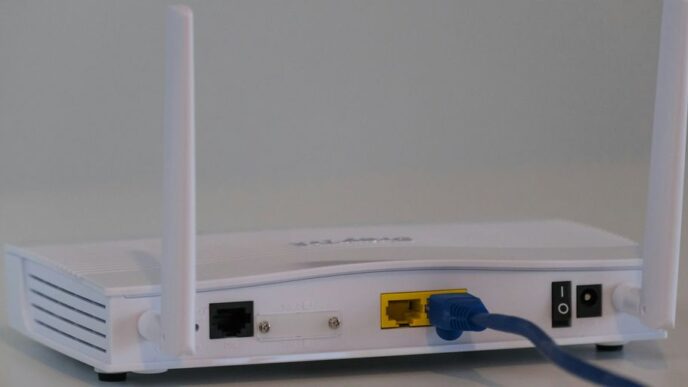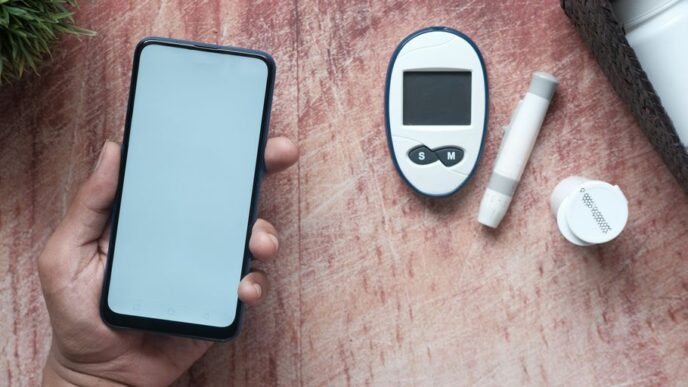Are you considering diving into the world of teeth whitening procedures, hoping to achieve a radiant smile that outshines the sun? While the allure of a gleaming set of pearly whites is undeniably tempting, it’s important to tread carefully.
Behind the dazzling veneer lies a potential minefield of risks and dangers. From tooth sensitivity that can leave you wincing at the mere sight of an ice cream cone, to gum irritation that turns your mouth into a battlefield, there are hazards lurking in the shadows.
But fear not, for the path to a brighter smile can still be navigated safely. Let’s explore the treacherous terrain of teeth whitening procedures and uncover why they might just be riskier than you think.
Tooth Sensitivity
Tooth sensitivity can be a common side effect experienced by individuals undergoing teeth whitening treatments. It’s important to understand that this sensitivity is usually temporary and may manifest as discomfort when exposed to hot, cold, sugary, or acidic foods.
While this may cause inconvenience, there are measures you can take to alleviate the sensitivity. Using toothpaste specifically formulated for sensitive teeth or a fluoride mouthwash can help in reducing the discomfort. Additionally, over-the-counter pain relievers can be considered if the sensitivity persists.
However, it’s crucial to consult with a dentist if tooth sensitivity becomes a concern. They can provide guidance tailored to your specific situation and offer professional advice on managing the sensitivity. It’s important to prioritize your safety and well-being throughout the teeth whitening process.
Gum Irritation
Gum irritation is a common occurrence during teeth whitening procedures, characterized by redness, swelling, and soreness in the gum area. When bleaching agents come into contact with the gums, they can cause irritation. The good news is that gum irritation usually resolves on its own within one to a few days. However, if you have gum disease, you may be more prone to experiencing gum irritation during teeth whitening treatments.
To alleviate gum irritation, you can try rinsing your mouth with a saltwater solution. This can help reduce inflammation and promote healing. Another option is to use a topical numbing gel, which can provide temporary relief from the discomfort.
It is important to inform your dentist about any existing gum problems before undergoing a teeth whitening treatment. This way, they can take appropriate precautions to minimize the risk of gum irritation. Your dentist may recommend alternative whitening methods or adjust the concentration and application of the bleaching agent to protect your gums.
Enamel Damage
Enamel damage can result from improper use or excessive use of teeth whitening products, leading to heightened tooth sensitivity and potential discoloration. When whitening gels are used incorrectly, they can cause severe sensitivity and even chemical burns on the soft tissues of the mouth. Overuse of whitening agents can also have negative effects on the appearance of the teeth. Teeth may become translucent, allowing the underlying dentin color to become more visible. This can lead to a less desirable aesthetic result. Furthermore, enamel damage may cause the teeth to appear blue or grey, indicating potential harm to the tooth structure.
It is important to follow the instructions provided with teeth whitening products to minimize the risk of enamel damage. Using these products as directed can help maintain the health and integrity of your teeth. If you experience any discomfort or discoloration after using a whitening product, it’s advisable to consult with a dental professional. They can assess the condition of your teeth and provide appropriate guidance or treatment.
Burns and Blisters
If you fail to follow the instructions provided with teeth whitening products, there’s a risk of experiencing burns and blisters as a result of incorrect application or leaving the whitening gel on your teeth for too long. While burns and blisters from teeth whitening procedures are rare, they can occur if proper precautions aren’t taken. When burns or blisters occur, it’s important to rinse your mouth with cold water to alleviate any discomfort. Applying a topical numbing gel can also help to relieve pain. It’s advisable to seek dental attention if the pain persists or if the burns or blisters become severe.
To ensure your safety, it’s essential to carefully read and understand the instructions provided with the teeth whitening product. Be sure to follow the recommended application time and avoid exceeding the recommended duration. Overusing the whitening gel or leaving it on for too long can increase the risk of burns and blisters.
It is crucial to note that allergic reactions to whitening agents can also occur, which may lead to symptoms such as hives, difficulty breathing, and swelling. If you experience any of these symptoms, it’s imperative to seek immediate medical attention.
When performed by trained and certified dentists, professional teeth whitening procedures are generally safe. Dentists have the knowledge and experience to ensure proper application of bleaching agents, minimizing the risk of burns and blisters. If you have any gum problems, it’s advisable to consult a dentist before using any whitening products and follow their recommendations for safety.
Allergic Reactions
Allergic reactions can occur in response to the bleaching agents used in teeth whitening procedures. It’s important to be aware of the potential risks associated with these treatments.
An allergic reaction is the body’s immune system responding to a substance it perceives as harmful. When it comes to teeth whitening, the bleaching agents used, such as hydrogen peroxide or carbamide peroxide, have the potential to cause an allergic reaction in some individuals.
Symptoms of an allergic reaction may include hives, difficulty breathing, and swelling of the lips, tongue, or throat. If you experience any of these symptoms during or after a teeth whitening treatment, it’s crucial to seek immediate medical attention. Allergic reactions can range from mild to severe, with some cases requiring emergency treatment.
To prevent allergic reactions, it’s important to inform your dentist of any known allergies before proceeding with a teeth whitening treatment. They can then recommend alternative solutions or adjust the concentration of the bleaching agent to minimize the risk.
Upset Stomach
Excessive consumption of teeth whitening products may lead to an upset stomach. It’s important to be aware of this potential risk when considering teeth whitening procedures.
Here are some reasons why teeth whitening may cause an upset stomach:
- Chemical ingredients: Teeth whitening products often contain chemicals such as hydrogen peroxide or carbamide peroxide. Ingesting these chemicals in large amounts can irritate the stomach lining and lead to digestive discomfort.
- Swallowing the whitening gel: During the teeth whitening process, it’s common for some of the whitening gel to be ingested accidentally. This can result in an upset stomach, as the stomach may react to the presence of foreign substances.
- Sensitivity to ingredients: Some individuals may have a sensitivity or intolerance to certain ingredients used in teeth whitening products. This can trigger digestive symptoms such as nausea, bloating, or diarrhea.
- Overuse of whitening products: Using teeth whitening products excessively or for prolonged periods can increase the likelihood of experiencing stomach upset. It’s important to follow the recommended guidelines and not exceed the recommended usage.
To minimize the risk of an upset stomach, it’s advisable to consult with a dental professional before undergoing teeth whitening procedures. They can provide guidance on the safest and most effective methods for achieving a brighter smile while minimizing potential side effects.
Conclusion
In conclusion, teeth whitening procedures can be risky due to potential tooth sensitivity, gum irritation, enamel damage, burns and blisters, and allergic reactions. These risks can arise from the bleaching agents used in the procedure.
It’s essential to consult with a dentist to ensure safe and effective teeth whitening. By following their recommendations, you can achieve a brighter smile without compromising your dental health.













